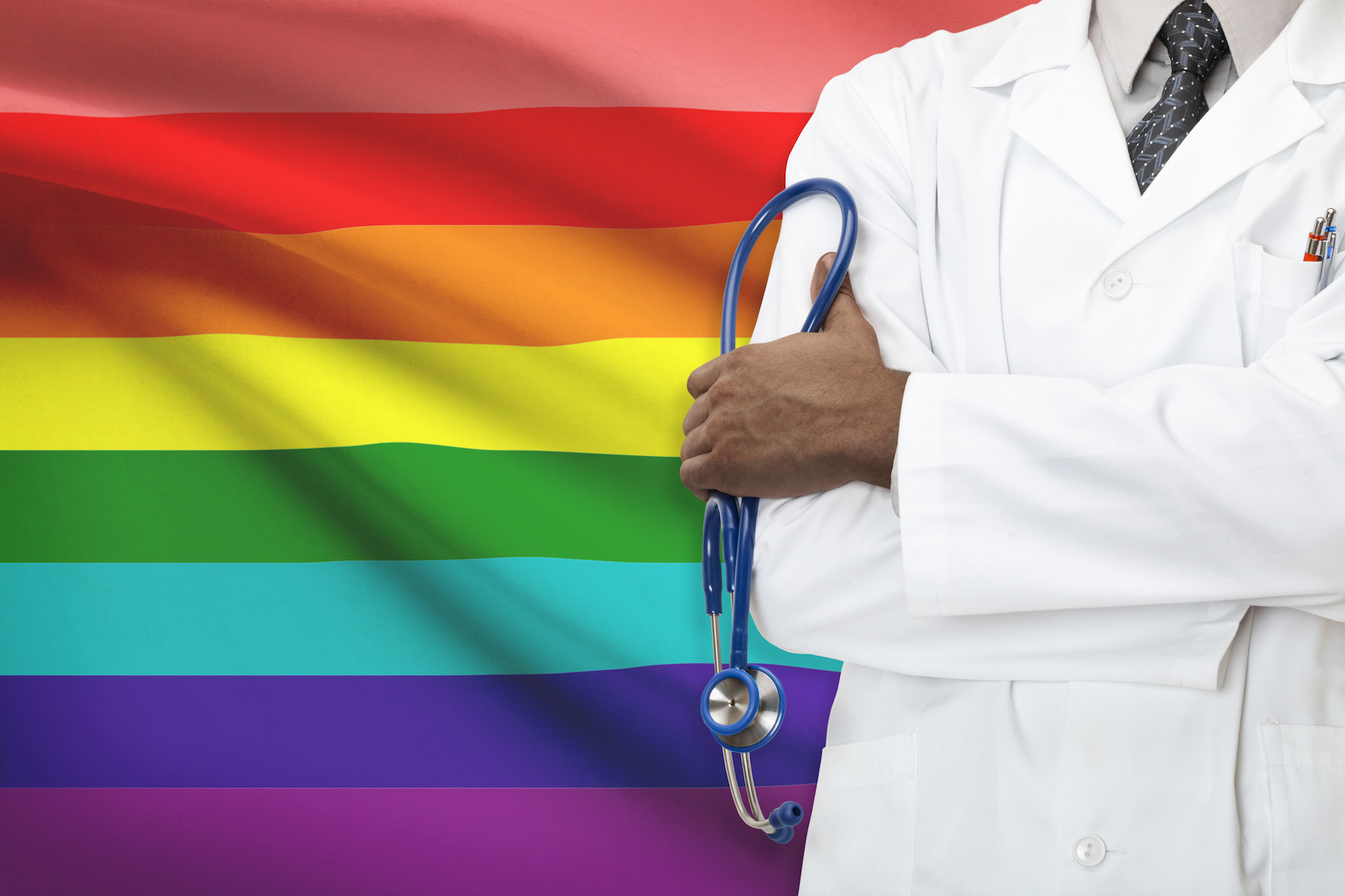The United States has been making great strides in their acceptance for the LGBTQ (lesbian, gay, bisexual, transgender, queer) community. However, they still face an unfortunate lack of the same healthcare treatment as the rest of the population. The LGBT community is diverse with people of all ages, socioeconomic status, ethnicities, races, and personal identities. Thus, those that fall under the LGBT umbrella should have access to the same health care as anyone else. Here are some tips to make your practice LGBT friendly!

Make Your Practice LGBT Friendly
Making your practice LGBT friendly isn’t rocket science. But, implementing policies that make a positive change for the LGBT community is a way to make one small step for LGBT-kind and a HUGE leap for the growth and understanding of your office. The best way you can treat all patients equally right from the start is firstly by creating a welcoming environment. The following minor changes can have a major impact when it comes to making your practice a welcome place for LGBT individuals.
Provide Visual Cues
Usually, LGBTQ patients will look around for cues that might help them understand whether they are in an accepting place or not. A few simple ways to ensure them that they are in a safe place include:
- Post a nondiscrimination statement in your practice’s waiting room.
- If you have photographs or posters on your walls, make an effort to include photos that target the LGBTQ population. For example, you could hang a poster about HIV or a picture portraying a same-sex couple.
- Include books or magazines in your waiting room that deal with LGBTQ themes.
- If your practice has a single stall bathroom, consider making it gender neutral. Even simply labeling it as “restroom” rather than “women’s room” or “men’s room” will make transgender or genderqueer patients feel much more comfortable.
All it takes is a few simple adjustments to your practice’s appearance to send the message to LGBTQ patients that they are welcome and safe.

Customize Patient Intake Forms
The easier it is for LGBTQ patients to complete intake forms with answers that truly reflect who they are, the more comfortable and safe they will feel in your practice. So, consider making the following changes to your forms:
- Gender. Many forms only offer two options for gender: male and female. However, there are many people for whom neither of these options applies. It’s a good idea to be more inclusive with the options on your intake forms. For example, a question may look like this:
What is your current gender identity? (Check all that apply): Male, Female, Transgender Male/Trans Man/FTM, Transgender Female/Trans Woman/MTF, Genderqueer, Additional Category (please specify), and Decline to Answer.
- Pronouns. Asking patients what pronouns they prefer right off the bat will definitely create a more welcome environment. Here is an example of what one of these questions may look like:
What pronouns do you prefer we use when talking about you? (check all that apply): She/her/hers, He/him/his, They/them/theirs, and Other (please specify).
- Sexual orientation. Surprisingly, not many medical intake forms ask about sexual orientation. If yours do not, consider adding a question that asks patients how they sexually identify.
Don’t Make Assumptions
Another way to create an open and trusting environment for members of the LGBT community is to completely avoid making assumptions about a patients gender or sexual orientation based off of behavior. Instead, physicians and nurses need to mirror the pronouns that the patient themselves refers to themselves at and to ask open ended questions to avoid jumping to conclusions or possibly offending someone. Instead of asking is they are married or have a boy/girlfriend, ask if they have a partner. This way you can still start an open talk about their current sex life without clinicians making a mistake of simply assuming heterosexuality.
Closing Thoughts
Physicians may not all be experts in LGBT health issues. However, clinicians should pursue gaining more information about formally treating this population. At this time, there still is a huge lack of training in North American medical schools for taking care of members of this group. For more information on how to make your practice LGBT friendly and welcoming, visit the National LGBT Health Education Center website.
What are some ways that you make your practice LGBT friendly? Let us know in the comments below!
